
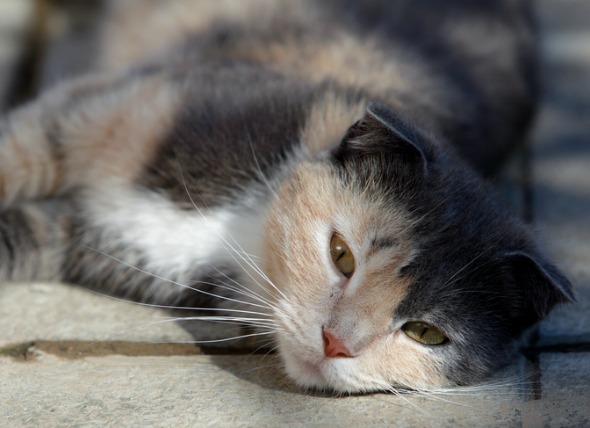
Copper storage hepatopathy is a condition caused by an abnormal accumulation of copper in the liver, which can lead to hepatitis and cirrhosis of the liver over the long term. This condition is believed to be secondary to a primary disease, usually the result of a genetically-based abnormal copper metabolism.
This disease has been found in cats, but these cases are considered rare and isolated.
Primary copper liver diseases (medically referred to as hepatopathies) generally fall into one of three categories:
Conversely, secondary copper hepatopathies show symptoms of progressive signs of liver disease due to chronic hepatitis or progressive cirrhosis. Liver disease in which the flow of bile is slowed or stopped is known as cholestatic liver disease; the abnormal flow of bile results in secondary copper retention.
Both types may display symptoms in their acute or chronic forms; these forms are as follows:
Acute:
Chronic signs:
The cause of copper storage hepatopathy in cats remains largely unknown. However, it is suspected that those cats that are affected do not metabolize or excrete copper properly.
A complete blood profile will be conducted, including a chemical blood profile, a complete blood count, and a urinalysis. You will need to give a thorough history of your pet's health, including a history of its symptoms, and possible incidents that might have precipitated this condition. The history you provide may give your veterinarian clues as to whether the condition is of primary or secondary origin.
A tissue sample will then be taken from your cat's liver for laboratory analysis, and ultrasound images will be taken of the abdominal area to examine the condition of the liver.
If your cat is showing signs of liver failure, inpatient care with fluids and electrolyte supplements will be necessary, but most animals can be treated on an outpatient basis. Treatment will be determined by whether it is acute or chronic hepatitis, or whether it is liver scarring/cirrhosis.
Making modifications to your cat's diet and providing it with foods that are low in copper has proven to be effective in most cases. However, most commercially available diets contain excessive amounts of copper, so you will need to create a diet plan with your veterinarian's guidance, and follow the instructions carefully. You will also need to avoid giving your cat mineral supplements containing copper. If required, your veterinarian can provide you with water-soluble vitamins.
In rarer cases, a surgical liver biopsy may be needed to screen for copper-storage liver disease and to monitor response to treatment. Be aware that animals with liver failure are surgical and anesthetic risks.
Following therapy (six months to one year), your cat should be re-biopsied to monitor the effectiveness of the therapy. Additionally, blood tests will be done every four to six months to monitor liver enzyme levels. Your veterinarian may also ask you to monitor and keep a record of your cat's body weight.
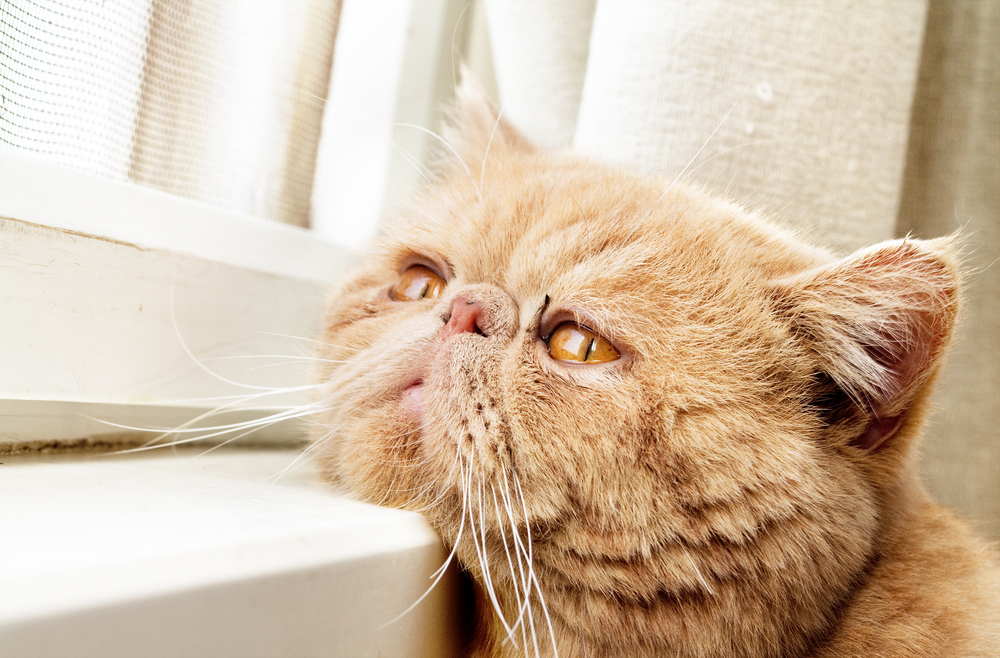 Bleeding of the Retina in the Eye in Cats
Retinal Hemorrhage in Cats
Retinal hemorrhage is
Bleeding of the Retina in the Eye in Cats
Retinal Hemorrhage in Cats
Retinal hemorrhage is
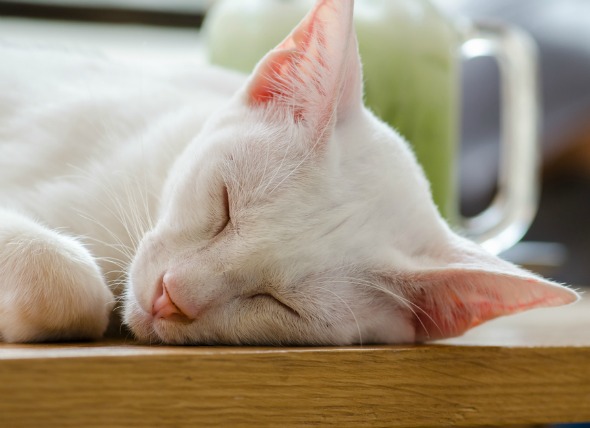 Ear Hematoma in Cats
Ear hematomas, also known as auricular hematomas or aura
Ear Hematoma in Cats
Ear hematomas, also known as auricular hematomas or aura
 Why Cats Scream
Why Cats Scream
Why Cats Scream. Cats,
Why Cats Scream
Why Cats Scream
Why Cats Scream. Cats,
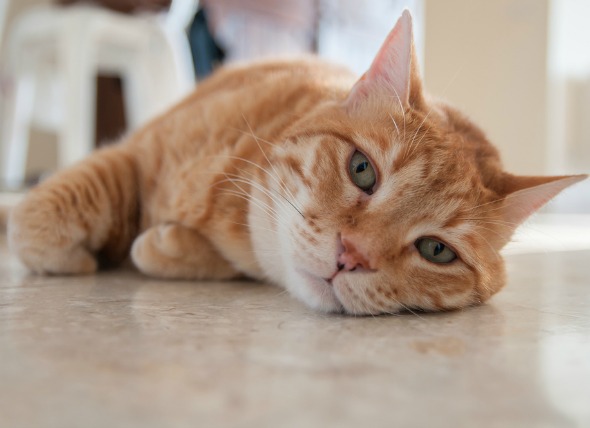 Rat Poisoning in Cats
Bromethalin Rodenticide Poisoning in Cats
Brometh
Rat Poisoning in Cats
Bromethalin Rodenticide Poisoning in Cats
Brometh
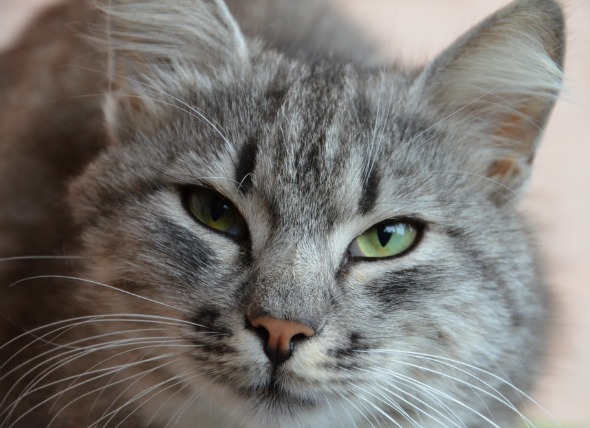 Breathing Difficulties in Cats
Dyspnea, Tachypnea and Panting in Cats
The respir
Breathing Difficulties in Cats
Dyspnea, Tachypnea and Panting in Cats
The respir
Copyright © 2005-2016 Pet Information All Rights Reserved
Contact us: www162date@outlook.com